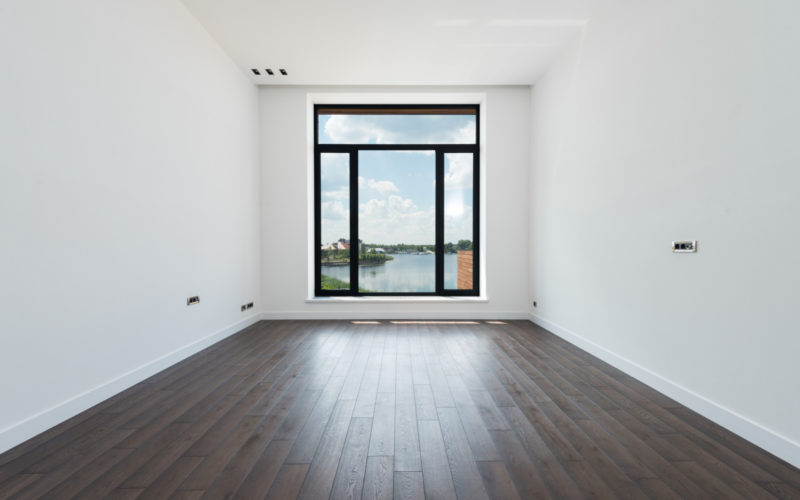Your Guide to Renting with Roommates in Houston
Everything is expensive AF these days, especially rent. With Houston apartment prices increasing by 17%+ over the past year, tons of renters are opting to bring in the best budgeting hack of all — roommates. Whether you’re looking for a built-in best friend or just someone to peacefully co-exist with, it’s ultra essential to your peace of mind for the next 12-15 months to do your research and make sure your potential roomie is a good fit for your lifestyle.
STEP 1 | FINDING A ROOMMATE
Ideally, you want to start searching for your next apartment around 60-90 days out from your desired move date, which means there’s no time like the present to start locking down a future roommate! If you’re not already familiar with the person you’re potentially living with, there are a ton of resources for roommate matching at your fingertips.
Apps like RoomSync can help you connect with other Smart City renters in Houston who are ISO the same thing — someone (who is ideally bearable) to split rent with.
Using RoomSync
- Use the Smart City link below to sign up
- Create your profile and answer some questions about your ideal roomie specs
- Swipe through and “like” other Smart City renters’ profiles
- Chat with potential roommates for compatibility before matching — get to know them first!
- Tap “match” when you’re ready to start your apartment hunt, and a Smart City agent will be in contact within 24 hours to help you find your place.
- You can only match with one person, so make sure it counts! If you change your mind, you can “exit your matches” in the app.
Get connected on RoomSync!
Start NowTHE INTERVIEW PROCESS
Treat roommate hunting like a job interview or a first date. Even if you’re long-time friends with your prospective roomie, everyone (yes, even your best friend) has habits that only surface when you’re living together. Being totally honest when vetting roommates is key to avoiding problems down the line — if you’re not cool with dishes being in the sink longer than 24 hours, now is not the time to pretend to be chill about it.
Don’t be shy about hitting them with direct questions — if someone gets weirded out by you asking about the essential stuff upfront, they’ll probably be less than ideal to be locked into a lease with for the next 12-15 months. On top of a typical “get to know you” conversation, some good indicators of compatibility are:
- What have your previous roommate dynamics been like?
- What’s your typical schedule?
- How often do you tidy your space / what is your cleaning routine?
- How do you feel about guests and overnight stays?
- Do you have any pets?
- Do you have any pet peeves?
- Do you smoke?
- What’s your preferred thermostat setting?
- How do you handle disagreements or conflict?
- What is your max budget?
- What neighborhood do you want to live in?
- How will we handle rent payments?
STEP 2 | THE APARTMENT HUNT
Determining a layout that works for roomies comes with a few additional factors to consider when apartment hunting. For example, if you’re worried about noise, let your apartment locator know to only show you floor plans with no shared bedroom walls. Or if one of you would prefer to pay extra for a larger bedroom, you’ll need to keep that in mind when searching, too.
Pro tip: for apartments with uneven room sizes, using a rent split calculator is an unbiased way to estimate costs based on square footage.
If you’re unable to coordinate apartment tours at the same time, having your roommate or locator take a detailed walkthrough video for those not present is the next best thing. If you love a place, you’ll want to hop on it quickly in this market!
STEP 3 | SIGNING THE LEASE
Depending on the property you’ve found, you + your new roomie(s) will either sign a joint lease or individual leases. Each contract comes with its own pros, cons, and responsibilities, so be sure to read through it carefully on signing day to make sure you understand the expectations.
Joint leases
These are the most common types of leases. In a joint lease, you’re all equally responsible for paying rent, utilities, and additional fees on time. You’re also responsible for the upkeep of the entire property, so if any damage fees are charged at move-out, it’ll be up to you and your roommates to determine who foots the bill for what.
Individual leases
Also known as “by the room” leases, you’ll typically see these contracts at properties near college campuses. Instead of the entire household signing one lease with shared responsibility, each tenant will sign separately for their own room — which means if your roommate is late on a rent payment, you’re still in the clear on your end! That being said, if your roommate unexpectedly moves out, the property may not give you a say in who replaces them.

STEP 4 | GET MOVED IN
Now for the exciting stuff! Be sure to take some time to sort through what furniture, appliances, and utensils you’ll be bringing to your new digs to avoid showing up with two sets of everything on move-in day. If you’re planning on splitting new items together, keep track of those payments so that you can easily come to a “who gets to keep what” agreement when it’s time to part ways.
And that’s a wrap on our roommate spiel! When you’re ready to start searching for your next place, get connected with an agent to get the details on the best deals on the best roomie-friendly apartments in Houston.










